When Cheap Comes at a Cost: A Cautionary Tale About an AliExpress Stem
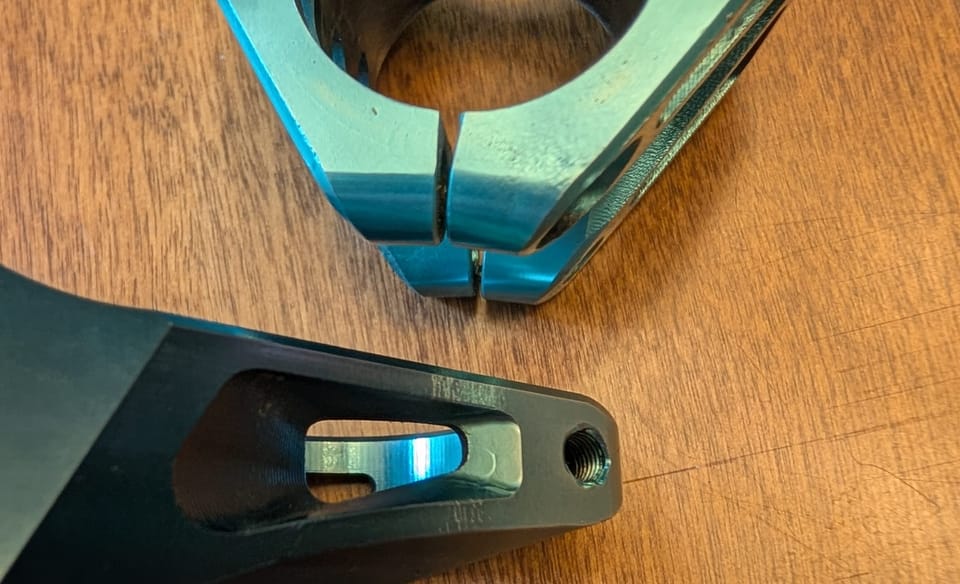
I’m no stranger to sourcing bike parts online. Between building bikes on a budget and experimenting with oddball setups, I’ve rolled the dice on cheap components more times than I care to admit. I’ve tried stems, cranks, handlebars—all the parts I shouldn’t gamble on—from sites of varying reputability. Sometimes it works out, and sometimes you get a deal that’s "good enough”, but sometimes, you get a lesson. And that’s what this is: a lesson—not just for me, but maybe for you too.
I’m going to start with saying I love AliExpress (specifically for bike things). It’s the same stuff you can find on the Big American Website, but with a much lower price and impossible-to-fulfil return policies. My addiction to buying bike parts needs to stay within reason, and one way I can achieve that is by using Ali. I’ve had success with many of the products I’ve tried, but there are some things I’ve learned along the way. Rarely do any of the products make their way onto a “real” mountain bike without thorough testing.
The Setup
This was a short, CNC’d stem from AliExpress. Sleek. Lightweight. Pretty colors to match a pretty bike. I’d read the reviews—mostly positive—but I know how these reviews work. Say anything negative, and you risk getting banned from the store or having your review deleted. In all my dealings, AliExpress has only sided with me once, for a missing package—resulting in a measly $5.83 refund after nine months of back and forth.
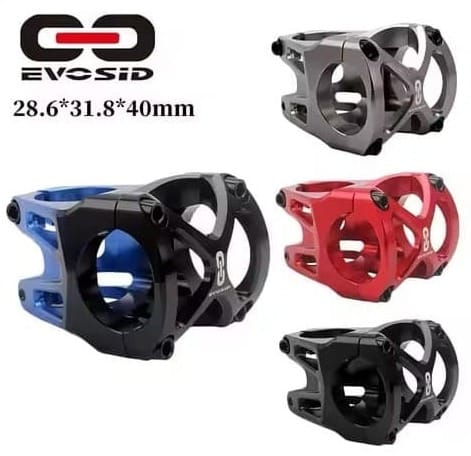
I installed the stem on one of our bikes, torqued the bolts to spec, and took it for a light spin around the yard. Everything seemed fine. In fact, it actually lasted a few years. No crashes. No catastrophic failures. But that was just luck.
The Failure
I actually bought two of these stems—because I’m a dolt and accidentally ordered the 35mm length instead of the 45mm. For ~$20, who cares—an extra stem for the parts bin.
A few years later, I pulled the spare stem from the bin and threw it on a bike that needed a 31.8mm clamp. When I went to tighten it down, something didn’t feel right.
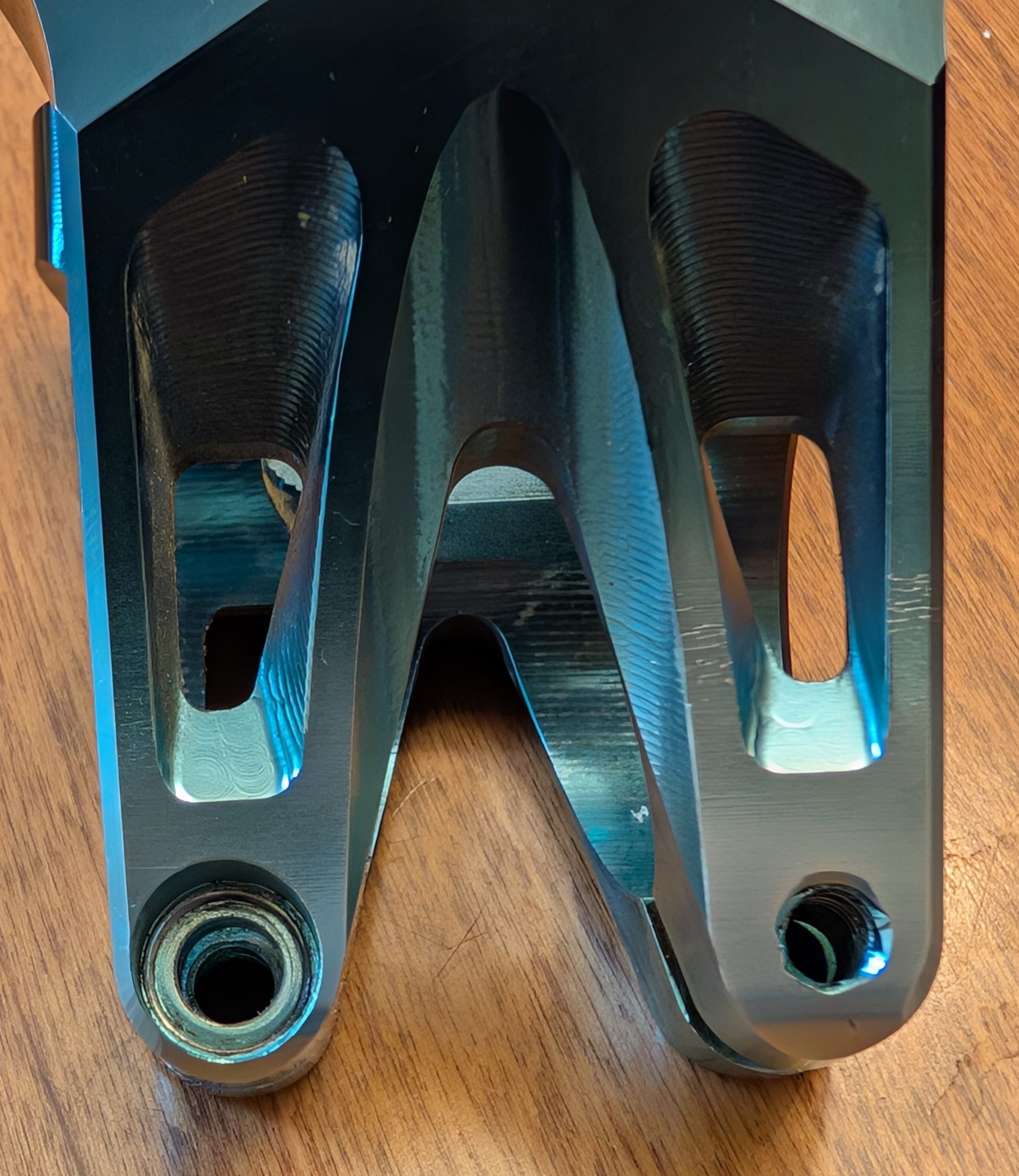
Turns out, they’d included “titanium” bolts that felt suspiciously like some cheap alloy—not at all like the Ti bolts I’ve used (and usually avoided). I actually thought my torque wrench was the problem, not the stem (rookie mistake—trust the good tools), and I snapped one of the bolts. At first, it seemed like only the bolts were at fault, and I figured I’d just swap in some 12.9 Hillman bolts and call it an upgrade.
Not the case.
The bolts failed because they were essentially made of cheese—but worse, the stem itself had also deformed. I checked my torque wrench against a known snugged bolt and confirmed it was working correctly.
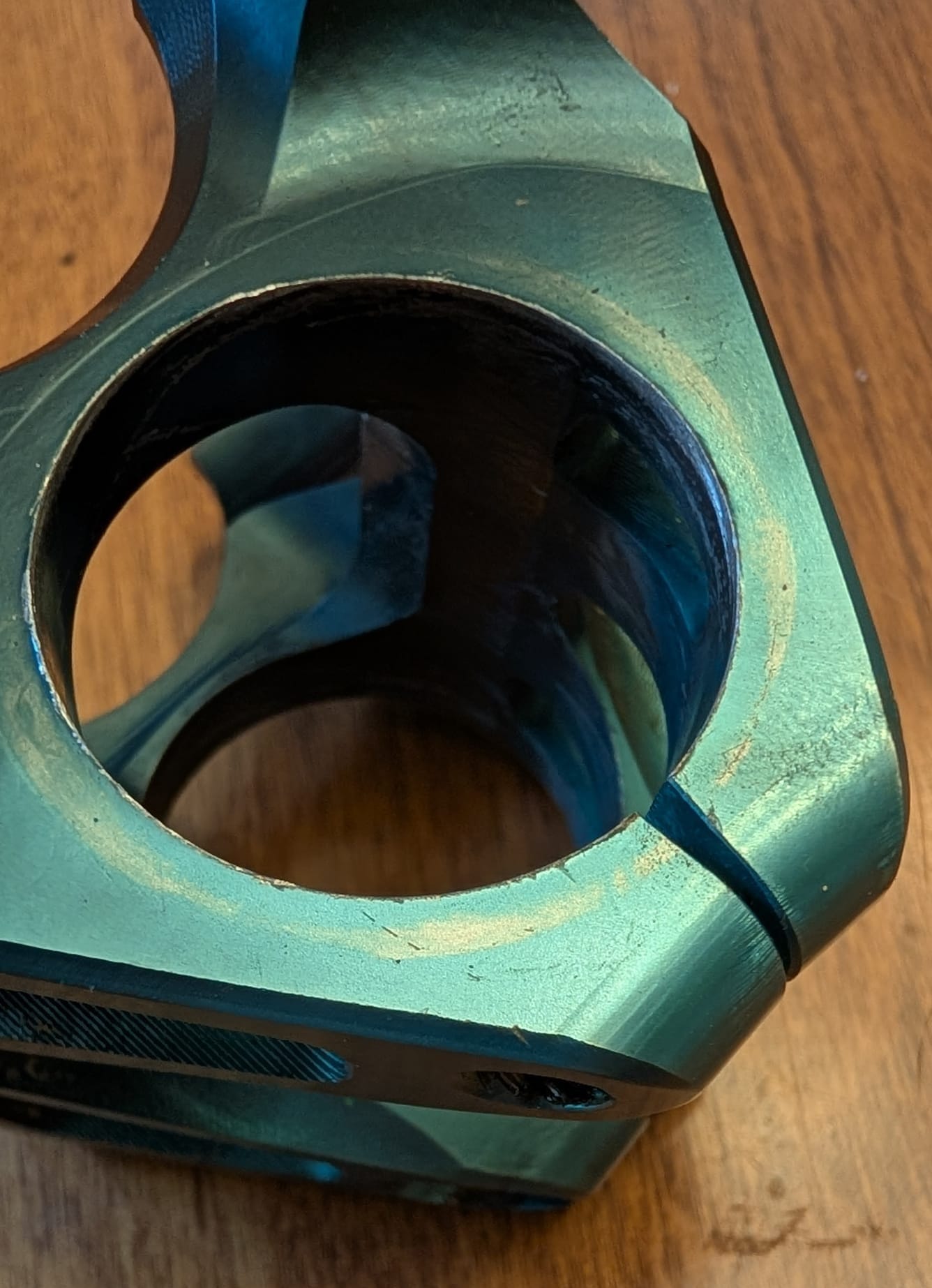
After noticing stress fractures appearing on the stem and mild deformation, I decided to bin the pretty stems. I’m just really happy no one was hurt using them. People trust me to keep their bike safe, and this was a wake-up call to keep my standards high.
If the stem had been on my bike, would things have been different? I’m generally really hard on equipment and frequently have more destructive crashes. A stem failure is no joke—it’s one of those components where failure isn’t just inconvenient, it’s dangerous.
The Problem with No-Name Parts
Let’s be clear: not all cheap parts are junk. But many of these unbranded, mass-produced components from marketplaces like AliExpress or Temu lack consistent quality control, proper testing, or even accurate materials reporting. The stem that cracked on me was marketed as machined 6061 and heat-treated—but I’ve never seen another stem develop stress fractures from basic installation and removal at correct torque.
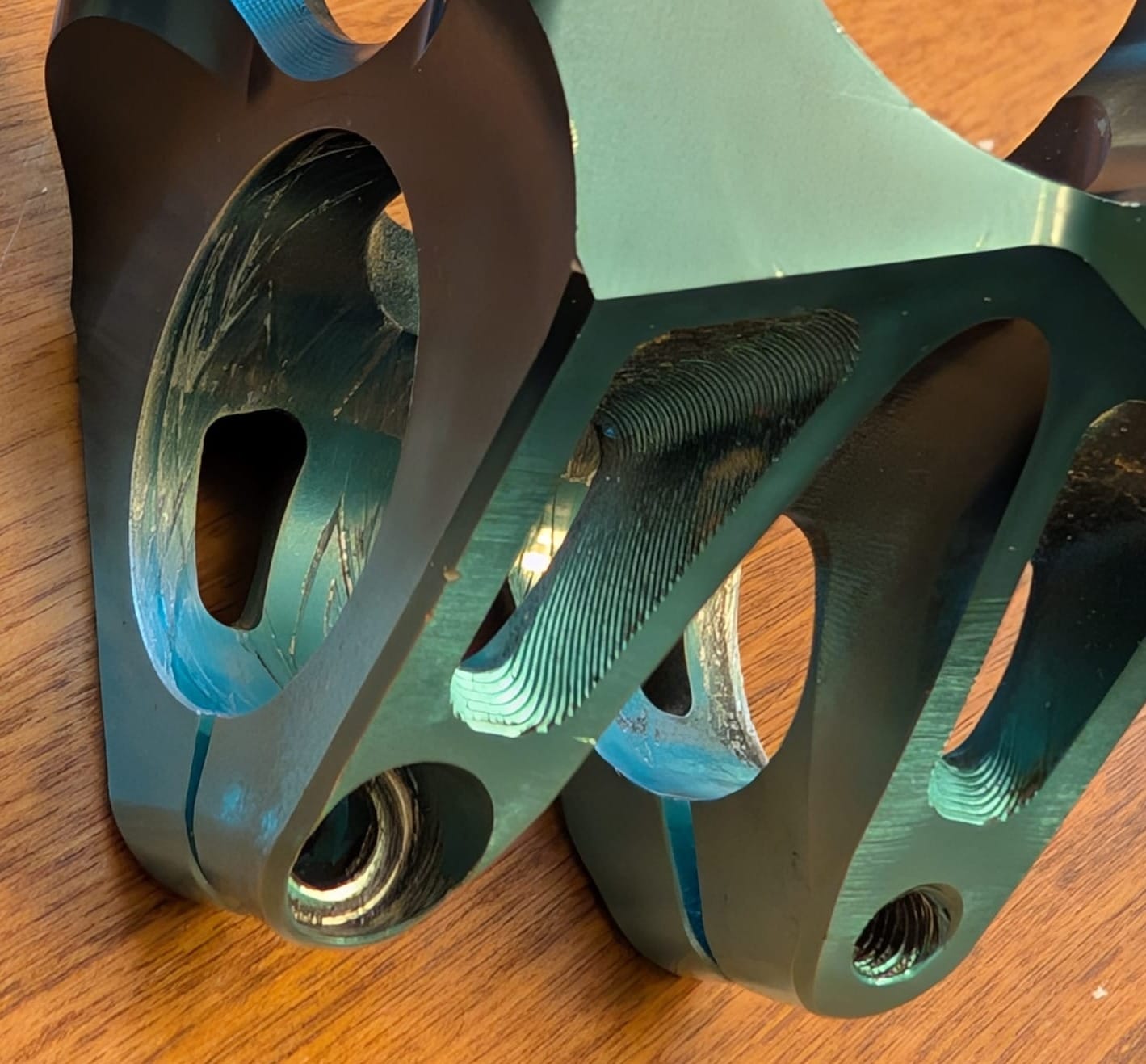
Without oversight, you just don’t know what you’re getting. No warranty. No standards. No accountability. While I’m willing to experiment on my coffee bike, I know better than to flirt with a season-ending catastrophe.
Where to Save—and Where Not To
If you’re building a budget bike, I get it—you’ve got to make choices. But here’s my takeaway from this experience:
Don't gamble on structural components.
Stems, bars, cranks, pedals—anything that holds your body or steers the bike deserves your respect (and your money). You can save on things like grips, bearings, bottle cages, and maybe even drivetrain bits. And avoid any stores that sell counterfeit versions of known brands.
These stems came from the same Ali store but were listed under different names: Mixed and Redshift. While Mixed is just an AliExpress brand, Redshift is a legitimate, reputable cycling brand—and this stem was neither. Alarms should’ve been blaring when I put this on a bike.
Final Thoughts
I’m not here to shame anyone for shopping on AliExpress. I’ll probably still buy the occasional oddball gadget or spare from them. But the next time I’m tempted by a shiny, unbranded bike stem for under $20, I’ll think twice—and maybe this post will help you do the same.
If you’ve had any close calls—or, hopefully, lucky saves—with cheap components, I’d love to hear about them.
Stay safe out there.
